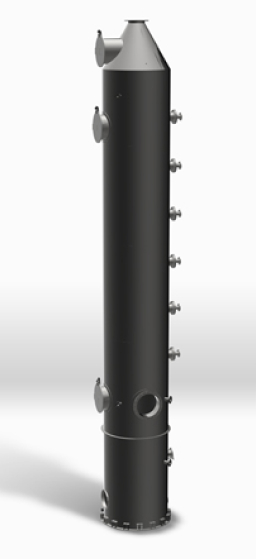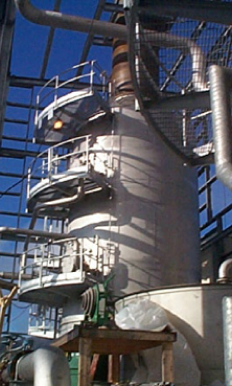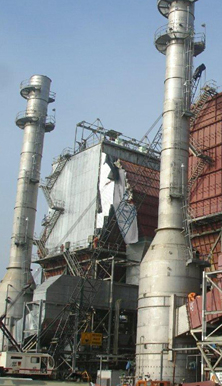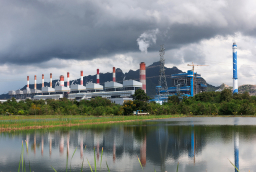Spray Towers
Spray towers consist of vacant cylindrical vessels containing nozzles that spray liquid into the vessels. The inlet stream typically enters the bottom of the toweersr and moves upward, while liquid is sprayed downward from one or more levels. Counter-current flow contacts the gas with the lowest pollutant concentration to the cleanest scrubbing liquid.
Multiple nozzles are placed across the tower at selected levels to saturate the exhaust gas as it moves up through the tower, forming large amounts of fine droplets for impacting particles and to provide a large surface area for absorbing gas. The smaller the droplets formed, the higher the collection efficiency achieved for both gaseous and particulate pollutants.

Features:
- Flexible design
- Low system pressure drop
- Contains no moving parts
- Easily accessible spray nozzles
- Cost-effective
- Rugged design


Chemical Applications:
Spray towers are typically used for quenching applications and easily absorbed chemicals, including:




